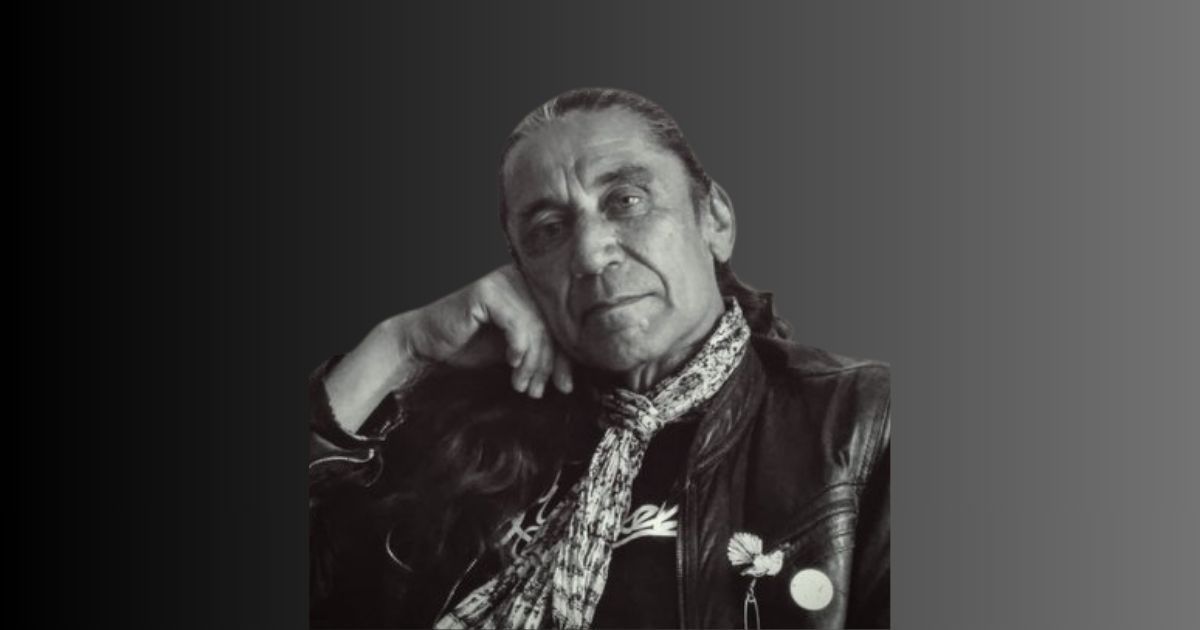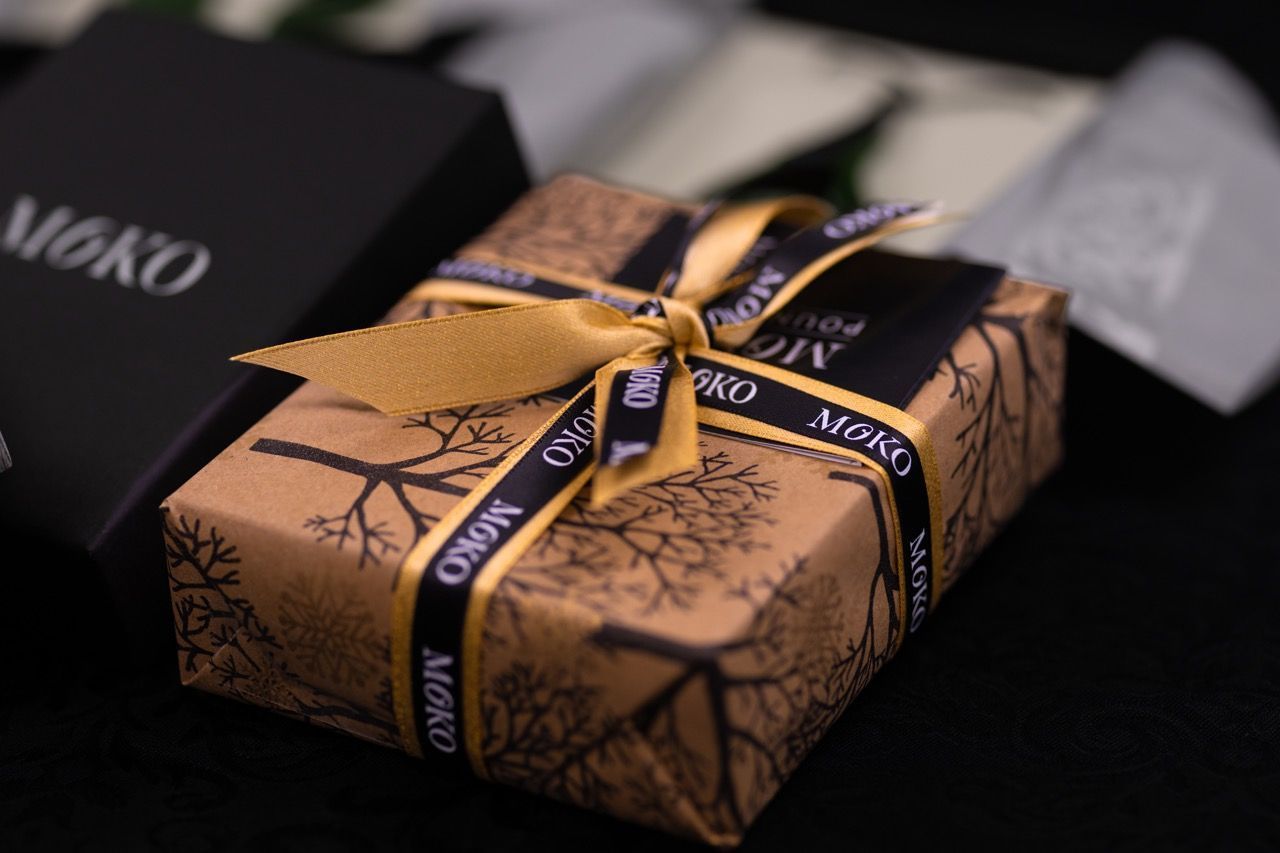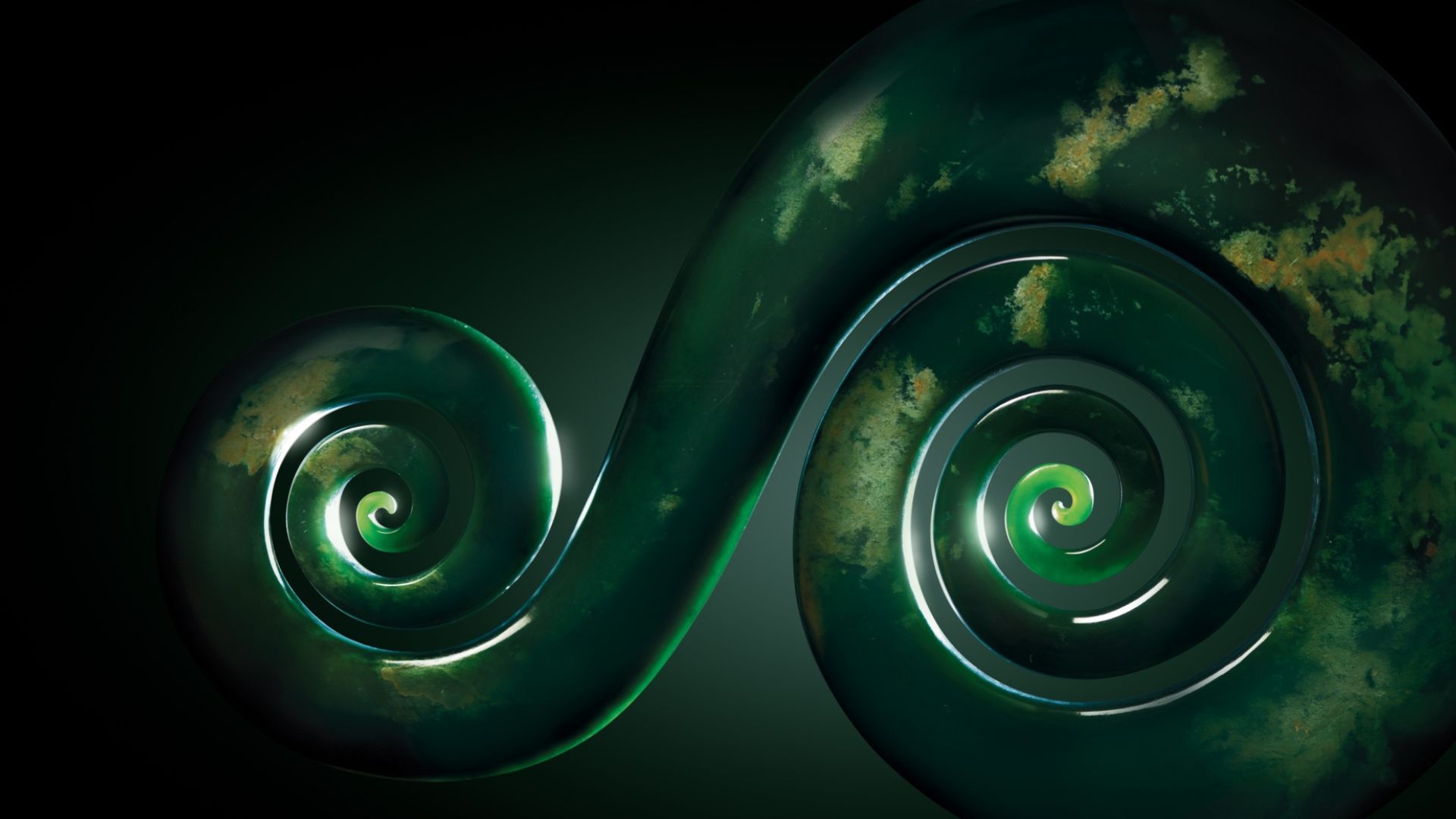
ĀHUATANGA POUNAMU - THE IMAGERY OF POUNAMU
We know by now the value of pounamu as a Taonga in Te Ao Māori
Possessed of those enigmatic qualities that lift mere coloured stones to objects of majesty, mystique and desire, pounamu brings with it a tangible life force - a mauri - of such immense mana and energy, imbued with complexity, subtlety and seemingly unknowable wisdoms.
Understanding taonga
In terms of a material object pounamu is without doubt a great taonga - a ‘treasure’ of the highest order. And we haven’t even touched on the incredible utility of this legendary stone. Tools. Weapons. Ritual pieces. Personal adornments of inimitable beauty and great value. Yes. Taonga.
Let’s explore the word ‘Taonga’ for a moment. The root of the word is ‘Tao’, a verb that means ‘to weigh down’. ‘Nga’ in this case is a suffix applied to certain types of verb to derive a noun pertaining or relating to the action of the verb.
Consider then, the broad meaning of ‘taonga’, which includes material possessions, property and goods, all manner of object and paraphernalia. Taonga also embraces significant and valued ideas, rituals, customs and traditions, cherished beliefs, practices, rights, freedoms and so forth - language is taonga, food is taonga, the right to believe in your gods is taonga, clean water and fresh air are taonga - so you see that a ‘taonga’ comes ‘weighed down’ with certain values and particular worth. The greater the taonga, the more weighed down it will be. Pounamu comes laden. It is an epitome of Taonga, incomparable in value.
Ahakoa he iti, he pounamu
As the whakatauaki says ‘Ahakoa he iti, he pounamu’ Though it may be a small thing, it is precious’ This saying might apply to a small gift of great value, or indeed to a dearly loved child.
Equating value with pounamu might be seen as the gold standard of metaphor. Metaphor, imagery,. aphorism and proverb, whakatauaki and pepeha - analogous and artful sayings cleverly constructed, containing layers of meaning; these are profoundly important elements in the high art of whaikōrero - the speech making finery of the manukōrero, where poetry, argument, philosophy, drama, performance, rhetoric, persuasion, insult, humour and wisdom conspire to elaborate and embellish, to incite and enrage and further enhance mana kupu - the power of words, of language, of oratory and story - of kōrero.
It is kōrero that carries and transmits the vast and varied storehouse of knowledge, tradition, experience and aspirations - the stories of an oral culture. So the words used to convey meanings of great importance are chosen carefully, specifically.
The complexity and depth of imagery contained within the orators vast array of precisely considered utterances, specifically crafted sayings and phrases, forms and constructions, allows a vivid rendering of the world to which it speaks, multi layered in reference and meaning, passed on mouth to memory to mouth with unerring accuracy down generations, building whakapapa upon whakapapa, embedding and sustaining tikanga and tradition, working, always working - he mahi kai takata, he mahi kai hoaka - though the work may diminish men as working pounamu diminishes hoaka, the sandstone - still the pounamu has been beautifully shaped, its mana elevated, its value enhanced.
The authority of the Tatau Pounamu - the greenstone door - a metaphorical transition point to unbreakable peace may be considered in a similar light. Even the great seaways should succumb to the majesty of the stone, kia whakapapa pounamu te moana, where the ocean is made smooth as pounamu.
Waikato horopounamu
- Waikato, swallowers of greenstone - talks to a different kind of majesty, an opposing, fearsome kind. When the tribes of the great river united under the cloak of the war chief and Arikinui, Te Rauangaanga and flowed to the shores of Ngaroto (a lake, since drained, near Te Awamutu), there to destroy an enemy horde that numbered perhaps ten thousand warriors.
This was the battle called Hingakaka, the biggest ever fought beneath the long white cloud with over sixteen thousand warriors on the field. Slaughter on a grand scale by traditional means - kanohi ki te kanohi - face to face, with patu, taiaha and mere.
When the enemy chief falls, his mere pounamu is swallowed by the victor. Te Rauangaanga’s son was Te Wherowhero, himself a warrior unsurpassed and a leader in the mould of his father, he was both feared and respected throughout the land.
It was Te Wherowhero who consolidated the power of the Waikato confederation of tribes in the first few decades of the 1800s, who evicted Te Rauparaha and his people from their Ngāti Toa Rangatira stronghold at Kāwhia, who protected and supplied a young and aspirant Auckland as it grew from the volcanic fields of Tamaki Makaurau.
It was Te Wherowhero as well who sought a partnership with Pākeha, recognising the shifting times of his mature years, forgoing traditions of utu and brutal retribution, accepting the Christian faith, trusting to a degree of certain Pākeha institutions, openly suspicious of others.
In 1858 with great reluctance, he would take up the mantle of Kingitanga, becoming Potatau I, the first Maori King. It would set his Waikato people on a collision course with colonial intentions and the greatest power in the world, but he would not live to see the worst of it.
He pounamu kakano rua, we could say of such a man - a pounamu of two grains - a man of history who knows he is moving between worlds - one old and dying, one new and largely unknown to him except that he recognises great power when he sees it.
Such is the imagery - te āhuatanga - of pounamu.
Ben Brown 2021.




